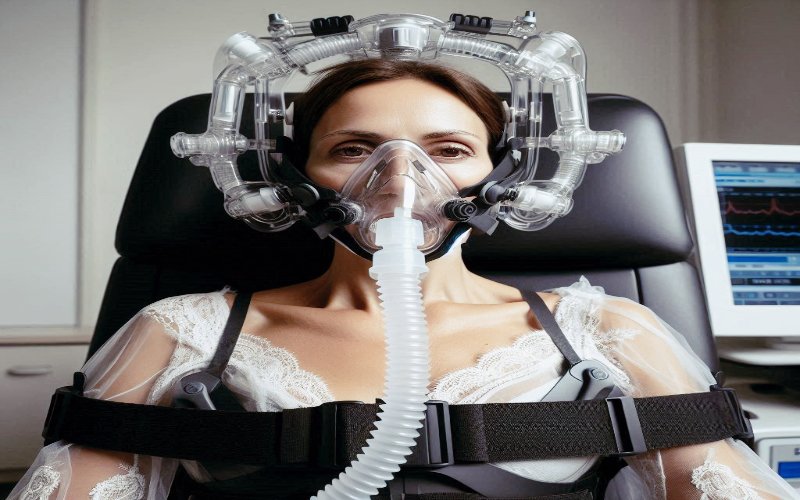Digital Twin Technology is rapidly gaining traction across various industries. This innovative concept allows businesses to create a virtual replica of physical objects, systems, or processes, enabling them to simulate, monitor, and optimize performance. In this guide, we’ll delve into the workings of Digital Twin Technology, its applications, and the immense benefits it offers.
What is Digital Twin Technology?
At its core, Digital Twin Technology refers to the creation of a virtual model that mirrors a physical entity in real time. This entity could be anything from a machine, vehicle, or process to an entire city. Using data collected from sensors and other sources, the digital twin allows businesses to simulate scenarios, predict outcomes, and enhance decision-making.
How Digital Twin Technology Works
There are three primary components involved in Digital Twin Technology:
- Physical Asset: This is the real-world object or system, such as a manufacturing machine, a building, or even a human organ in healthcare.
- Virtual Model: The digital twin is the virtual representation of the physical asset, which is capable of simulating real-world conditions and behaviors.
- Data Exchange: Sensors on the physical asset collect real-time data and continuously feed it into the digital twin, enabling real-time monitoring and analysis.
Through this dynamic feedback loop, businesses can test scenarios, optimize processes, and predict potential failures before they occur.
Benefits of Digital Twin Technology
The rise of Digital Twin Technology is driven by its many benefits. Below are some of the key advantages:
1. Predictive Maintenance
One of the most significant benefits of Digital Twin Technology is predictive maintenance. By continuously monitoring the condition of physical assets, businesses can predict equipment malfunctions before they happen, thus minimizing downtime and repair costs.
2. Performance Optimization
Digital Twin Technology allows businesses to simulate various scenarios, tweak parameters, and optimize processes. This enables companies to improve performance in areas such as production, product design, and operational efficiency.
3. Cost Savings
By predicting potential failures, reducing downtime, and simulating designs, businesses can significantly cut costs. Physical prototypes become less necessary, and maintenance is performed only when needed, reducing unnecessary expenses.
4. Risk Reduction
Using digital twins, companies can test changes in a virtual environment before implementing them in the real world. This ability to foresee risks and optimize decisions leads to smarter, safer choices.
Applications of Digital Twin Technology
The applications of Digital Twin Technology span various industries, offering improvements in efficiency, innovation, and decision-making. Below are some of the sectors benefiting the most from this technology:
1. Manufacturing
In the manufacturing sector, digital twins help monitor machinery, simulate production processes, and optimize workflows. The technology aids in preventing equipment failures and improving production output, resulting in better operational performance.
2. Healthcare
In healthcare, Digital Twin Technology offers groundbreaking possibilities. Virtual replicas of human organs or medical devices enable healthcare providers to simulate treatments, predict outcomes, and personalize patient care. This revolutionizes both diagnosis and treatment.
3. Smart Cities
City planners are increasingly using digital twins to create smart cities. By simulating urban infrastructure, traffic, and energy usage, planners can optimize city layouts and services, improve sustainability, and enhance citizens’ quality of life.
4. Automotive Industry
In the automotive world, digital twins are used to design and test vehicle prototypes. Companies can simulate how vehicles perform under various conditions, reducing the need for physical prototypes and speeding up the development process for both traditional and autonomous vehicles.
5. Energy Sector
Digital twins are making a significant impact in the energy sector, especially in areas like wind farms and power grids. These digital models allow for real-time monitoring and optimization, resulting in more efficient energy use and reduced downtime.
The Role of IoT and Big Data in Digital Twin Technology
Digital Twin Technology relies heavily on data, and this is where the Internet of Things (IoT) comes into play. IoT sensors attached to physical assets collect vast amounts of data and feed it into the digital twin. This real-time data is essential for monitoring, simulating, and analyzing performance.
Big data analytics is also crucial for processing and interpreting the immense amount of data generated by IoT devices. By identifying patterns and trends, businesses can make better, more informed decisions about their physical systems.
Challenges of Digital Twin Technology
Although Digital Twin Technology offers numerous benefits, it also comes with its challenges:
1. Data Security
Because digital twins rely on continuous data exchange, protecting that data from potential security breaches is a top priority. Businesses need to invest in cybersecurity measures to ensure the safety and integrity of their data.
2. Integration
Integrating Digital Twin Technology into existing infrastructures can be a complex and costly process. Companies must ensure that all components—physical assets, IoT devices, and digital twins—are seamlessly connected for optimal performance.
3. Data Management
The volume of data produced by digital twins is immense. Managing, storing, and analyzing this data effectively is essential for getting the most out of the technology.
The Future of Digital Twin Technology
Looking ahead, the future of Digital Twin Technology is bright. As IoT, artificial intelligence (AI), and machine learning (ML) continue to evolve, digital twins will become more accurate and intelligent, offering even greater insights and predictive capabilities.
In the years to come, Digital Twin Technology is expected to play a pivotal role in driving innovation, improving sustainability, and enhancing performance across multiple industries. With advancements in AI and ML, digital twins will not only mirror real-world systems but also learn from them, further optimizing operations.
Conclusion: Embracing the Potential of Digital Twin Technology
Digital Twin Technology is undoubtedly revolutionizing the way industries operate. From predictive maintenance to smart city planning, its applications are diverse and impactful. While challenges like data security and integration remain, the benefits far outweigh the drawbacks.
As industries embrace this technology, businesses that adopt digital twins will have a significant edge in terms of innovation, performance optimization, and risk management. The ability to simulate, predict, and improve in real-time makes Digital Twin Technology an essential tool for the future.
Also visit on techitl.com.




